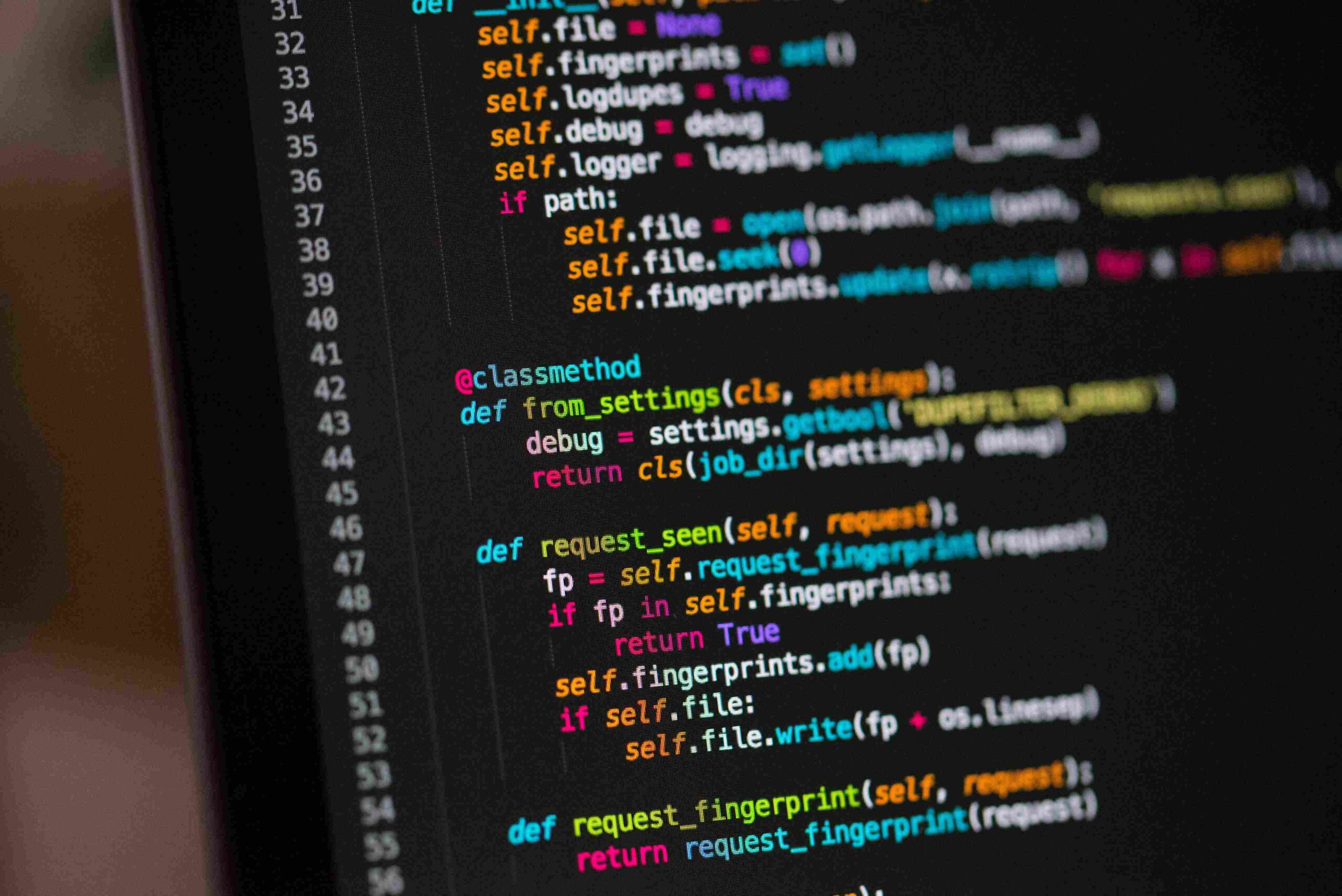

Python in Electronic Music Production: A Comprehensive Guide
Electronic music production has undergone a significant transformation in recent years, with technology playing a pivotal role in shaping the sounds and experiences. Python, a versatile and powerful programming language, has found its way into the toolkit of electronic music producers, offering a wide range of capabilities that go beyond the traditional approaches. In this comprehensive guide, we will explore the various facets of Python’s role in electronic music production. For those looking to harness the power of Python in their music projects, consider hiring skilled Python developers at https://lemon.io/hire-python-developers/ to elevate your creative journey.
1. Automation and Scripting: Streamlining Workflow
One of the fundamental ways Python contributes to electronic music production is through automation and scripting. Producers often find themselves repeating tasks, such as renaming files, processing audio, or managing project files. Python scripts can be written to automate these mundane tasks, allowing artists to focus more on creativity and less on repetitive chores. By using libraries like os and shutil, tasks such as file handling, renaming, and organization become streamlined.
2. MIDI Programming: The Heart of Electronic Music
MIDI (Musical Instrument Digital Interface) is a crucial element in electronic music production, serving as the language through which electronic devices communicate. Python provides robust libraries like Mido that enable the manipulation and generation of MIDI data. From creating custom MIDI sequences to manipulating existing ones, Python’s versatility empowers producers to experiment with various musical ideas.
3. Sound Synthesis: Creating Unique Timbres
Python can be a powerful tool for sound synthesis, the process of creating sound from scratch. Libraries such as NumPy and SciPy facilitate mathematical operations required for waveform generation, while PyDub simplifies the process of working with audio files. This opens up possibilities for producers to design unique timbres, experiment with different synthesis techniques, and craft their signature sound.
4. Real-time Audio Processing: Elevating Live Performances
Live electronic music performances often involve real-time audio processing, where the artist manipulates sound on the fly. Python’s PyAudio library and frameworks like Sounddevice provide the tools needed for real-time audio input and output. This capability allows for live coding, where artists modify code during performances to create dynamic and evolving musical experiences.
5. Algorithmic Composition: Unleashing Creativity
Algorithmic composition involves using algorithms to generate musical structures. Python’s flexibility makes it an ideal choice for experimenting with algorithmic approaches to music creation. Whether it’s utilizing randomization, fractals, or machine learning techniques, Python allows producers to explore new dimensions in composition, breaking away from traditional paradigms.
6. MIDI Manipulation and Analysis: Understanding Musical Data
Python can be a valuable ally for producers when it comes to analyzing and manipulating MIDI data. Libraries like Mido and Music21 enable tasks such as extracting musical information, modifying note sequences, and even generating MIDI files programmatically. This not only facilitates in-depth analysis of existing compositions but also opens the door to creating tools for generating MIDI-based music.
7. Machine Learning Integration: Pushing Boundaries
The intersection of machine learning and electronic music is an exciting frontier that Python is helping to explore. Producers can leverage machine learning algorithms for tasks like genre classification, style transfer, and even AI-assisted music composition. The ability to teach algorithms the nuances of different musical styles can lead to novel and unexpected outcomes, pushing the boundaries of electronic music production.
8. Web-Based Applications: Collaborative Platforms
Python’s role extends beyond the confines of a local studio setup. With frameworks like Flask and Django, producers can develop web-based applications for collaborative music creation. These platforms enable artists to collaborate in real-time, share project files, and even engage in live jam sessions, breaking down geographical barriers in the creative process.
9. Building Custom Instruments: Raspberry Pi and Beyond
For those interested in the intersection of electronics and music, Python can be used in conjunction with hardware platforms like Raspberry Pi to build custom electronic instruments. This DIY approach empowers artists to create unique and personalized instruments, adding a tangible and experimental dimension to their sonic palette.
10. Live Coding and Improvisation: Spontaneity in Performance
Live coding, the act of writing and modifying code during a performance, has gained popularity in the electronic music scene. Python’s simplicity and readability make it an excellent choice for live coding scenarios. Artists can experiment with code on the fly, introducing spontaneity and improvisation into their performances, blurring the lines between programming and music creation.
Python as a Creative Catalyst
In the realm of electronic music production, Python stands as a creative catalyst, offering a myriad of possibilities for artists to explore and innovate. From automating routine tasks to pushing the boundaries of algorithmic composition and machine learning integration, Python empowers producers to shape their sonic landscapes in ways previously unimaginable.
As technology continues to evolve, so does the synergy between programming and music. Python’s role in electronic music production exemplifies the dynamic relationship between art and technology, showcasing the limitless potential for creative expression in the digital age. Whether you’re a seasoned producer or a curious newcomer, diving into the world of Python in electronic music production opens doors to a realm of sonic possibilities.


- Arodes cover Interview
- Armin van Buuren: Breathing In [Exclusive Interview]
- Ibiza 2024: What To Expect
- Burak Yeter: A Day In Space [Exclusive]
